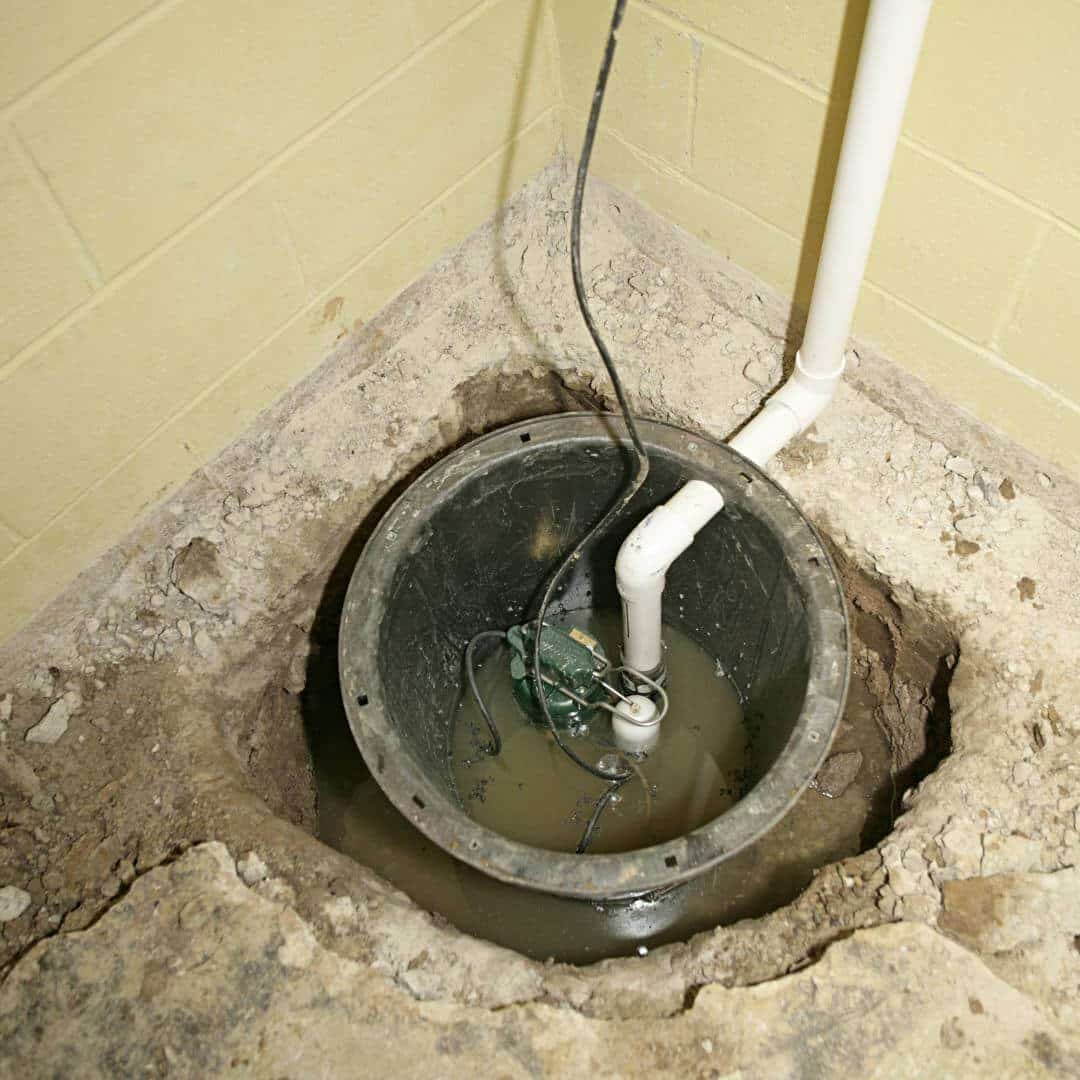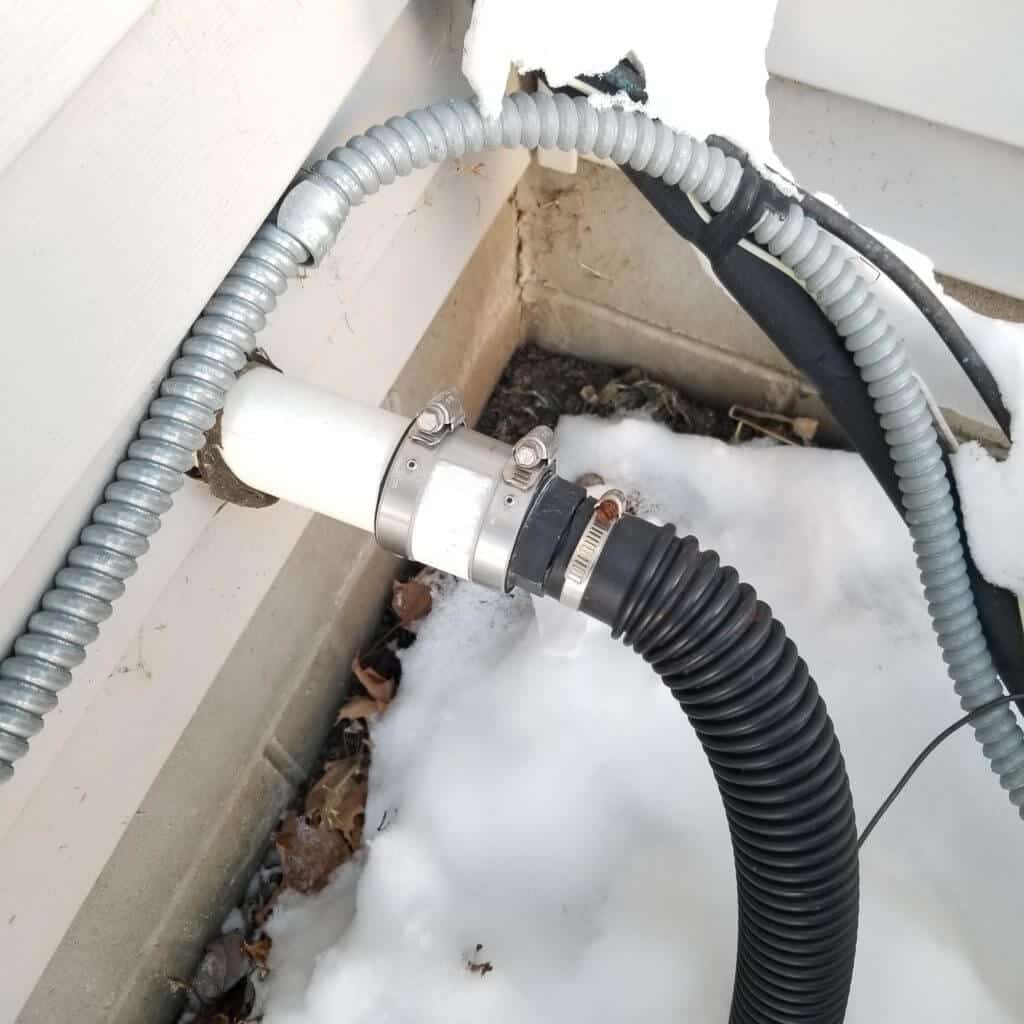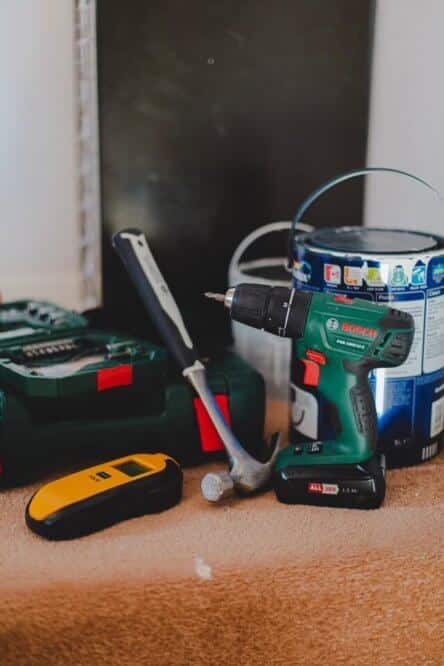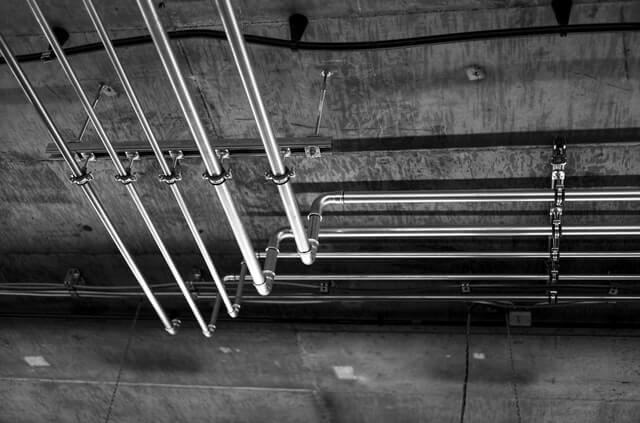Is your sump pump clogged with sediment?
In this article, we’re going to look at the possible solution to a sump pump clogged with sediment and also consider other sump pump problems and how to fix them.
A sump pump should normally be your home’s first line of defense against a flood. However, over time, sediments can build up in the pump basin, leading to various issues. If your sump pump is clogged with sediment and you’re wondering if you can salvage the sump pump, you’re in the right place.
Sump Pump Clogged With Sediment

A sump pump is a cylindrical drain pump placed in a pit dug at the lowest point in your house, like a basement or crawl space, to help prevent flooding, water damage, or mold. This pump removes water from the lowest point and the soil around or below it. It then forces this water into a separate space.
Basements are one of the most common sites of water flooding and damage; this pump is a useful preventive measure against a basement flood.
How Does a Sump Pump Work?
A sump is a constructed pit usually carved below the main surface of your basement floor. This pit is known as a basin and holds the sump pump. Sumps are generally about 2 ft deep and 18 inches in diameter.
Normally, sump pumps don’t work every minute of the day. They are usually on standby until needed, such as during and after heavy rainfall. The excess groundwater is funneled toward the sump pump pit. As this pit fills with water, a float switch/sensor activates when the water level gets high. This, in turn, switches on the sump pump. This sensor system ensures that the pump is only turned on when needed, thus saving electricity.
The sump pump system then removes the drained water through a discharge pipe into either a dry well, storm drain, creek, pond, or detention point. A sump pump works with the water table, which is the level at which water exists when digging straight down beneath your house. [1]
How to Fix Sump Pump Drainage
Objects like wood, leaves, toys, stones, etc., can fall into an open sump pit, and this type of debris can lead to a clogged sump pump discharge line. You can flush your pump with vinegar for a short-term solution. However, it is better to manually open the pump and clean the sediments for a long-lasting solution.
Use Vinegar For Cleaning
Vinegar is a mild agent that can be used as a cleaning agent. Its acidic properties can dissolve residues from smooth surfaces. But you must dilute this vinegar with water to avoid damaging the surface of your sump pump. For cleaning purposes, use a stronger type of vinegar than regular kitchen vinegar, e.g., regular household vinegar.
Make a solution of vinegar with some warm water and pour it into the sump pit. Give it a rest for the next 10-15 minutes. Flush with the solution, and this will clear the sediments. Using a rag, wipe down your sump pump and use a scrub brush for stubborn grime/dirt. Test your sump pump.
Cleaning the Sump Pump Manually
Water flowing through the drainage lines to the sump pit may also carry rubbish and sediment. But this may not create any instant problems because sump pumps are installed above the bottom of the sump pit or basin. Follow these steps to clean the pump;
- Inspect the outlet of the discharged pipe and remove anything clogging the end of the discharge pipe or hose.
- Unplug the sump pump and sensor from the electrical outlet
- Remove the sumps basin lid
- Inspect the screen where water enters the pump. Use a flashlight to examine the pump while it is still in the basin. If you can’t see the pump intake clearly, lift the pump out of the pit. Place the pump on a tarp or in a bucket.
- Remove any debris blocking the inlet.
- Remove as much sediment/debris out of the sump pump as possible.
- Place the sump pump back into the basin. Ensure it is level and resting firmly in the center of the basin.
- Plug the sump pump back
- Test the pump to ensure the water is flowing as freely as possible.
- Replace the sump basins lid
Other Sump Pump Problems And How To Fix It

- Your Sump Pump Smells
Sump pumps have a drain tap that holds water. This is to stop gas and sewage from backing up and entering your home. If this trapped water evaporates, it will release unpleasant smells. It’s typical in hot and dry weather. To prevent this, ensure you always have water in the trap. Because if the water level always covers the drain lines and pipes, you shouldn’t have those bad smells leaking out.
Also, you could disinfect your drain with a bleach solution. This will be 1 cup of bleach for 1 gallon of water. Ensure you pour this in high enough to engage the float switch. While at it, you can also give the body of the trap basin a good scrub to dislodge and drain out any built-up grime.
- Poor Sump Pump Installation
A sump pump must be installed correctly following the manufacturer’s instructions. Most manufacturers recommend the installation of a check valve on the discharge line. This check valve will prevent the back-flow of water that causes the pump impeller to spin backward. This can cause the motor shaft to unscrew off. When this happens, you will hear the sump’s motor running, but it won’t pump water.
Most manufacturers also recommend drilling a small relief hole for air between the check valve and pump. This air functions to reduce the air pressure the pump will need to overcome in the drainage pipe.
So, installing a sump pump is a big job and requires expertise. If you didn’t install your sump pump correctly, get a professional to make the necessary repair and changes.
- The Sump Pump is Running Non-stop
The most common causes of a continuously running sump pump are stuck switches. This is usually an issue, especially in cheaper models. The float switch can get clogged or tangled up in the system. Sometimes, vibrations from the pump can make it lean on the edge of the pit, which will not work. A broken or missing check valve can also cause this problem.
If the sump pump gets installed below grade, the discharge line will then start pointed up at an angle. This makes it channel water up and away before reaching the exit point. Then, when it pitches down, gravity does all the work of taking the water away from your home.
The check valve stops any water from backflowing into the pit. A missing or broken valve will mean more than half of that water coming back into the pit. This means that your pump will keep pumping out water, the water will keep coming back, and the pump will work harder to pump out again, and the cycle will continue.
- You Keep Getting Power Outages
Sump pumps need electricity to function. Storms, power outages, and floods often go hand in hand. In addition, if your breaker trips, the pump won’t work. It’s a wise investment to get a backup generator for these situations. A gel pack system can power your generator for days, even if the electricity goes out.
When do I Replace My Sump Pump?
There are certain indicators of a faulty or worn-down sump pump, such as the equipment’s age, level of corrosion, cycling pattern, and sound the pump produces. A rule of thumb is to replace sump pumps every 7-10 years. [2]
The lifespan of your pump is determined by the frequency of use, the runtime of cycles, and the volume of water it has to displace every time it runs. These are some of the signs that your sump pump is not working;
- A sump pump that runs continuously might have a faulty float switch(water level sensor) which can cause a strain on the pump’s rotor and, over time, can lead to potential failure.
- If your pump takes too long to empty, its drains water, especially after normal rainfall. This could mean that your pump doesn’t have the necessary horsepower to do its job effectively.
- Suppose you hear a roaring sound from the motor of your pump. You may also hear a rattling or clanging of the pump. Generally, if your pump makes a louder noise than what it normally produces, then there is a problem. All these signs point to a damaged pump or improper pump installation.
Be careful not to set your drain point somewhere that water will return to your home rather than being redirected elsewhere. Ideally, keep the pump 10-20 feet away from your home’s foundation.
Some cities have building codes that regulate the positioning of a pump and how to set up the drainage, so it’s always best to check your city’s code before installing a sump pump. [4]
Read Also: Can Sump Pump Freeze
Conclusion
A sump pump is an underrated device that saves you a whole lot of trouble. A clogged sump pump with sediment is not something to lose sleep over and can be easily rectified with the simple steps highlighted above.
Read Next: How Long Does It Take to Replace a Sump Pump

Michael Davis is a heating & plumbing expert who currently works as independent contractor in SC. He also writes for Plumbertip.
For almost 10 years he worked on various plumbing tasks across South Carolina.


